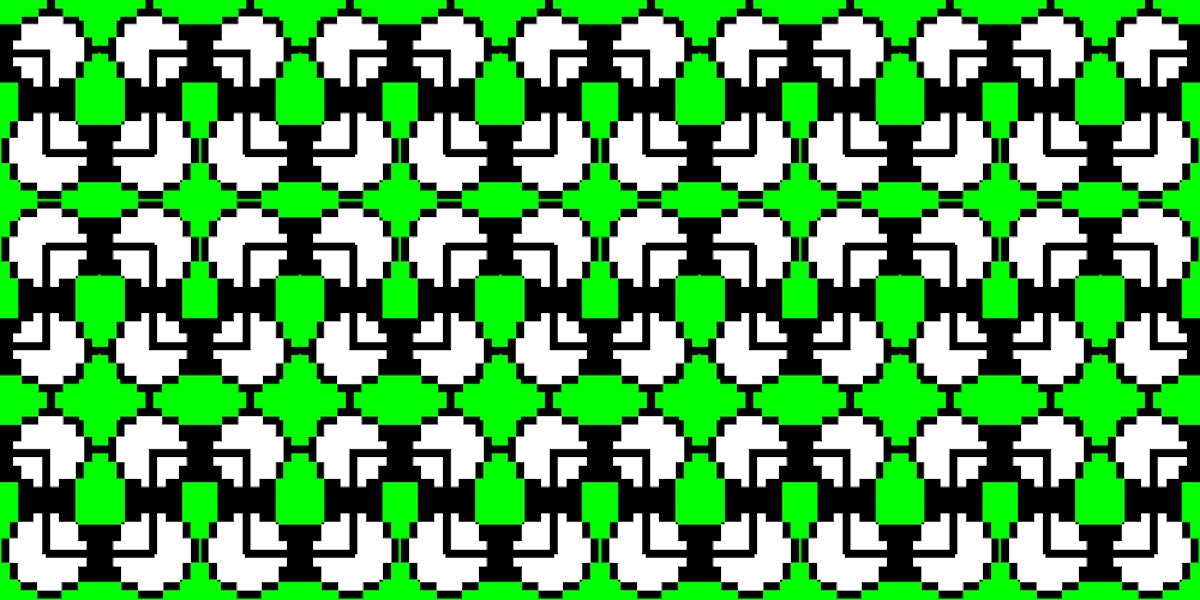11,022 reads
Bitcoin Miners Beware: Invalid Blocks Need Not Apply

Too Long; Didn't Read
<em>Like my </em><a href="https://hackernoon.com/moores-observation-35f7b25e5773" target="_blank"><em>Moore’s Law article</em></a><em>, this is an excerpt from a </em><a href="https://hackernoon.com/sharding-centralizes-ethereum-by-selling-you-scaling-in-disguised-as-scaling-out-266c136fc55d" target="_blank"><em>much larger article</em></a><em>. It’s good enough to serve as a standalone piece because the misconception this aims to put to rest is a commonly raised one that becomes annoyingly repetitive.</em>Byzantine Fault Tolerance Abstractionist
Learn More
LEARN MORE ABOUT @STOPANDDECRYPT'S
EXPERTISE AND PLACE ON THE INTERNET.
EXPERTISE AND PLACE ON THE INTERNET.
L O A D I N G
. . . comments & more!
. . . comments & more!

